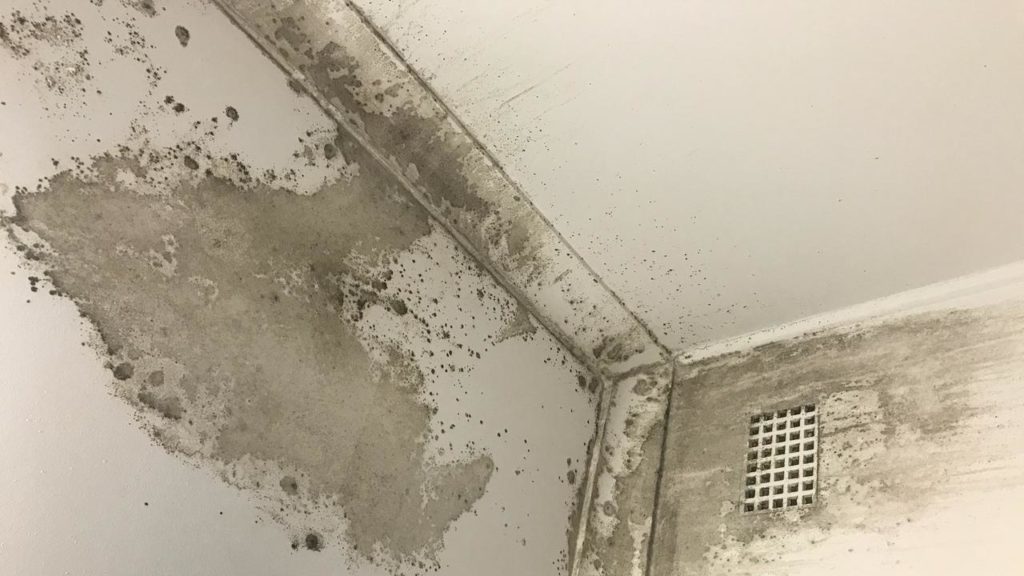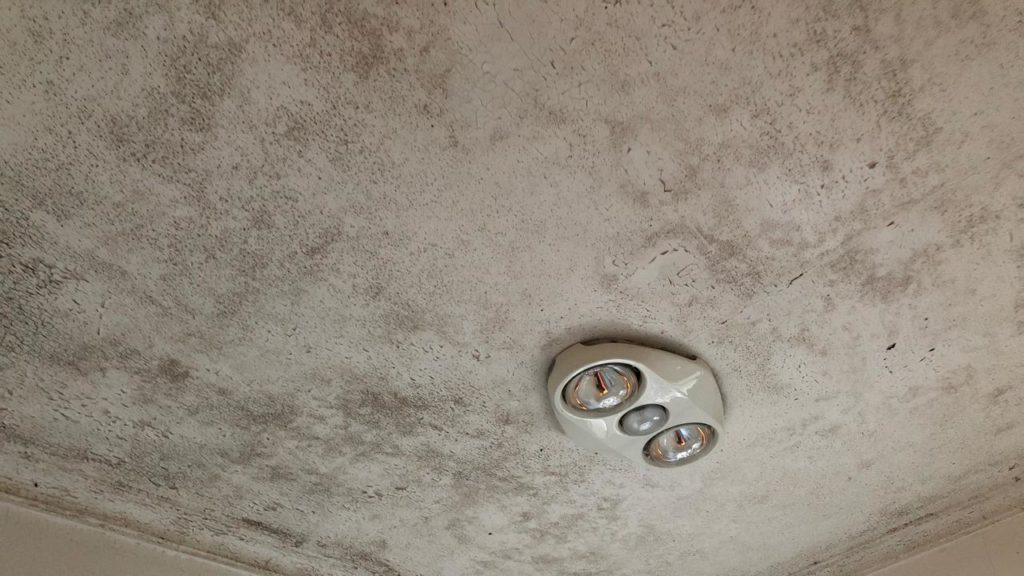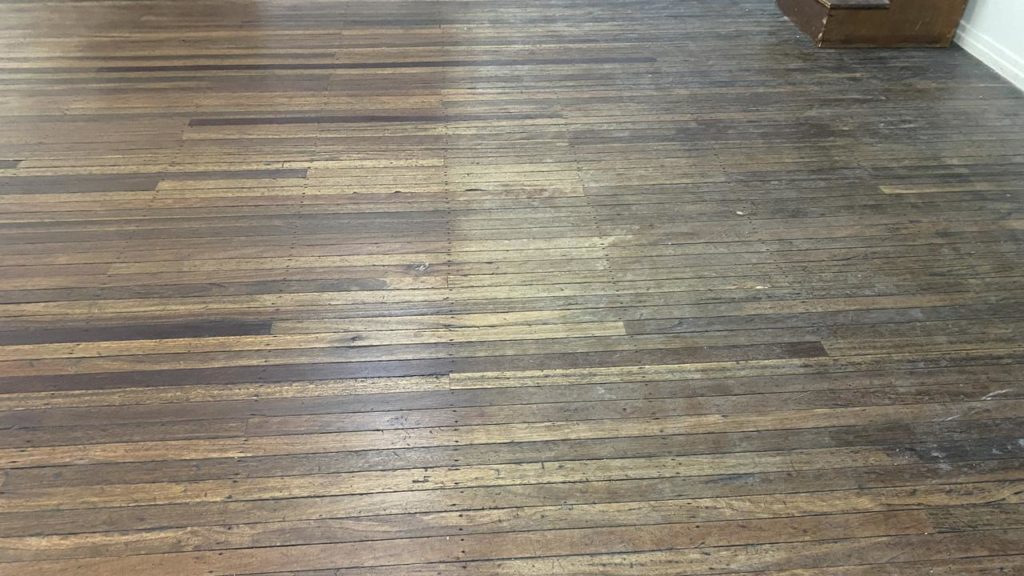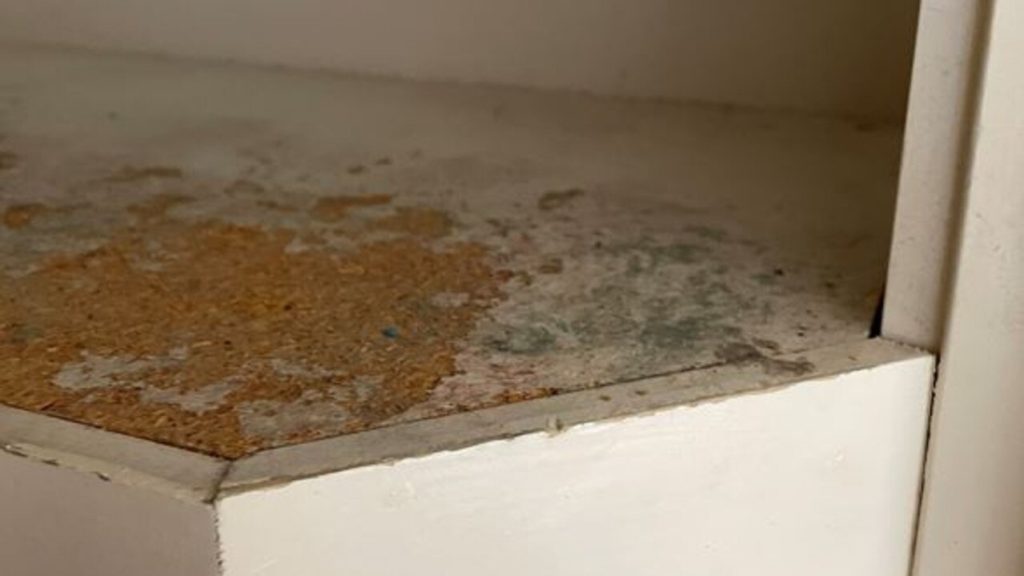A recent survey has found that nearly half of all NSW residents are dealing with a mould problem after months of rain and flooding on the east coast.
New research conducted by Finder has shown a third of Australians currently have mould growing in their homes, with 34 per cent reporting damp conditions.
At least 46 per cent of NSW residents admit to dealing with a mould problem, followed closely by 42 per cent of Queenslanders.

Ten per cent of respondents were struggling with a large mould outbreak, with 24 per cent managing a small amount of mould in their property.
Finder insurance expert Gary Hunter said mould had become a significant problem due to ideal conditions in the first half of 2022.
“Millions of Aussies are making shock discoveries inside their homes, cars and sheds,” Mr Hunter said.

“Following months of prolonged wet weather, many people are shutting up their homes due to the cold snap and turning their heaters on which is further exacerbating the issue.”
The data showed 42 per cent of those affected are having the mould removed, while 26 per cent are relying on a friend or family member to deal with it.
Mr Hunter suggested that households should investigate damp areas such as laundries and bathrooms and take action if mould is found.

“A lot of people would have mould and would be completely unaware – it can be invisible or hidden on the underside of furniture or in areas they don’t normally look.”
“If you’re a renter, your landlord needs to make sure the property is ‘fit for habitation’ which includes having adequate ventilation.”
According to buyers agent principle Michelle May, there are a range of sources in which mould can grow – from drips, leaks, areas of pooling water, or moisture on the walls.

“While the property you’re looking at may not present any issues in a storm, the local area could be another issue. There are plenty of streets in Sydney that get cut off in heavy rain due to flooding, which can seriously impact your daily commute or ability to drive when it’s raining,” Ms May said
“Take a walk or drive around the area and look out for things like flooding curbs or pathways, the weather’s impact on traffic or any areas where there’s a lot of fast running water. Even paying attention to whether or not there’s shelter at the nearest bus stop could make your life a lot easier in the long run.”
“Seeing a property and the surrounding suburb one weekend in wet weather is one thing, but it’s important to consider the property’s future as well. With climate change heading the way it is, the weather is only set to become more extreme, leaving more and more properties susceptible to flooding or water damage issues.”
